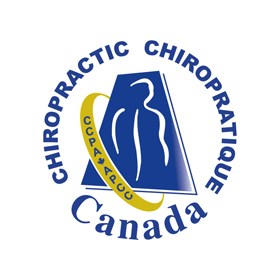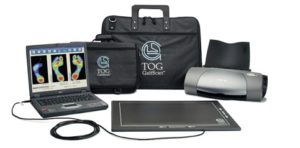We would like to welcome acupuncturist Sara Bjorkquist to the Diversified Health Clinic team!
With our acupuncturist Erica Fynn, off on leave to enjoy the new addition to her family, we are thrilled to have Sara joining our team at Diversified Health.
As a health care professional, Sara is a Registered Acupuncturist with the BC College of Traditional Chinese Medicine Practitioners and Acupuncturists. She holds Bachelor’s and Master’s degrees from Ontario universities, and a Diploma in Acupuncture and Traditional Chinese Medicine from Pacific Rim College in British Columbia.
Originally from Ontario, Sara spent a decade living overseas and working in the health policy field, and now enjoys being settled in Victoria.

Sara works on a broad range of conditions, including: acute and chronic injuries and pain; stress, anxiety, and depression; chronic fatigue; digestive issues; sleep disturbances; and fertility and gynecological problems. In addition to acupuncture, she often incorporates fire cupping, tui na (traditional Chinese massage), and nutritional therapy into her treatments.
Acupuncturist in Victoria at Diversified Health Clinic
Sara is available for appointments at Diversified Health Clinic on Mondays, Wednesdays, Fridays and Saturdays. Give us a call at 250-382-0018 or email at info@diversifiedhealth.ca to book now.
Learn more about how an acupuncturist can be a part of your wellness plan.









